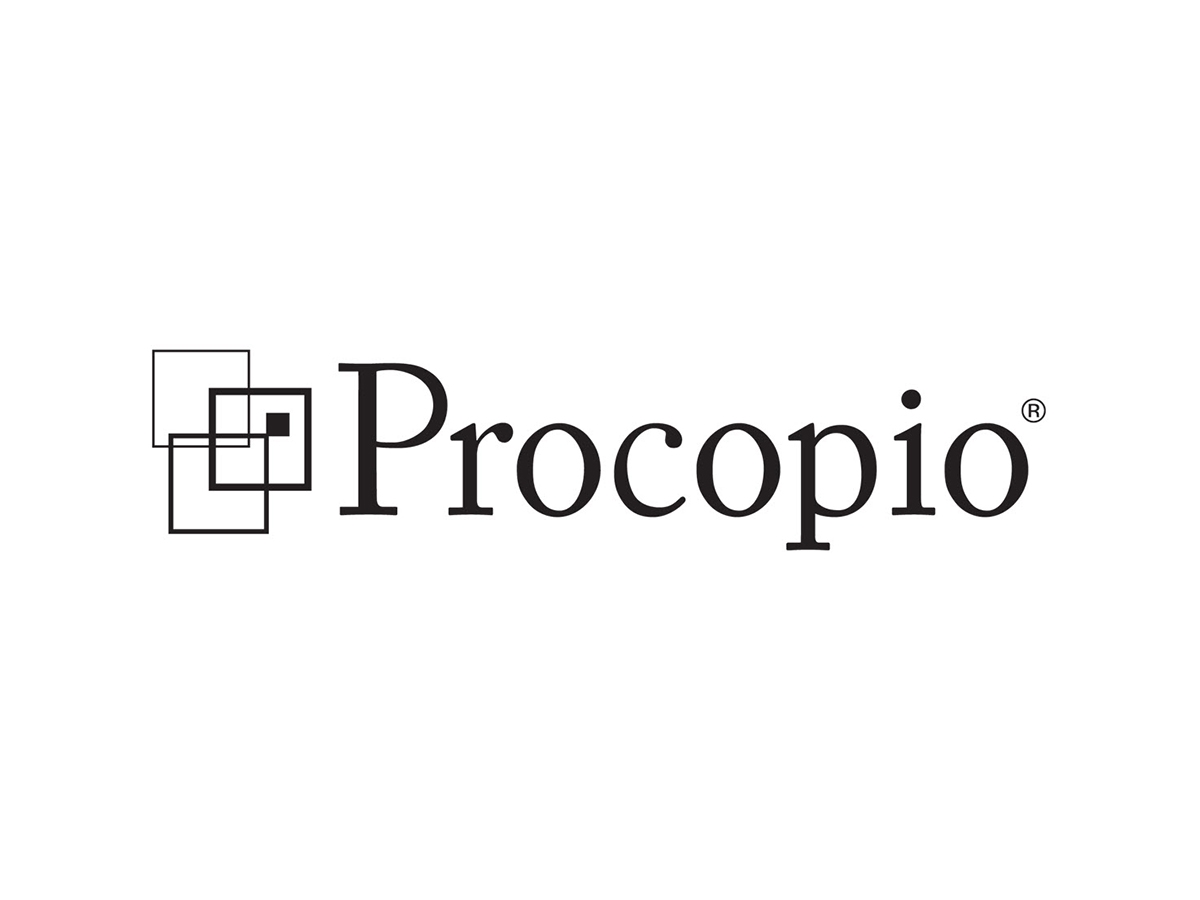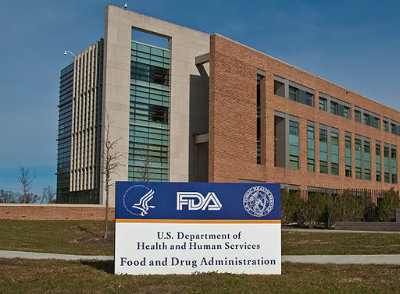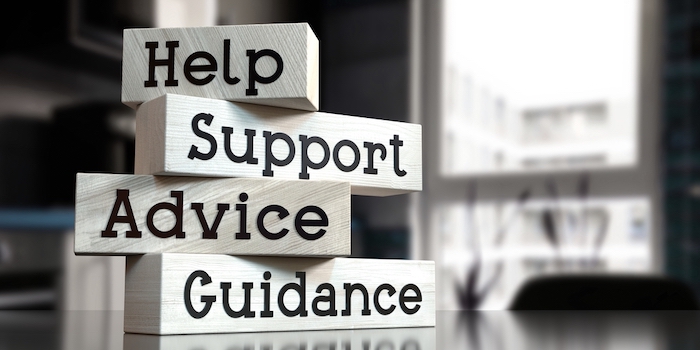USPTO Provides Guidance in Light of Amgen v. Sanofi | Procopio, Cory, Hargreaves & Savitch LLP
The U.S. Supreme Court’s May 2023 decision in Amgen, Inc. v. Sanofi (Amgen) sent shock waves through the patent world, particularly in the chemical and biotech segments, due to its invalidation of Amgen patents based on a lack of enablement. It was expected that the impact of the decision would make it more difficult for life sciences companies to obtain broad patents claiming an entire genus of compounds (such as antibodies) that perform a specified function, as previously discussed.
The U.S. Patent and Trademark Office (USPTO) has now issued much-anticipated patent examiner guidance that takes into account the implications of the Amgen decision, and it appears that the decision may have a more muted impact on the examination of chemical and biotech patent applications than originally anticipated.
The USPTO Guidance
According to the new guidance, when considering whether utility patent claims are enabled, USPTO personnel shall “continue to use the In re Wands factors to ascertain whether the amount of experimentation required to enable the full scope of the claimed invention is reasonable.”
The Wands factors include, but are not limited to: (A) the breadth of the claims, (B) the nature of the invention, (C) the state of the prior art, (D) the level of one of ordinary skill, (E) the level of predictability in the art, (F) the amount of direction provided by the inventor, (G) the existence of working examples, and (H) the quantity of experimentation needed to make and use the invention based on the content of the disclosure.
This guidance aims to promote consistent analysis and treatment of the enablement requirement of U.S. patent laws by USPTO employees, in re-examination proceedings by the Patent Trial and Appeal Board (PTAB), in ex parte appeals and post-issuance proceedings, and does not seem to signal a large departure from existing guidance for analyzing the patentability of chemical and biotech patent applications.
The Amgen Decision
While the guidance does not signal a large departure from current guidance, it’s worth taking a step back to consider the unanimous Amgen decision itself, as it is still likely to impact examination with respect to the enablement issue. Moreover, Courts will be guided by the Amgen precedent when dealing with the enablement issue during litigation. In Amgen, the Supreme Court ruled that claims drawn to a genus of monoclonal antibodies, though functionally claimed, were invalid for lack of enablement. The enablement requirement provides that “the specification must describe the invention in such terms that one skilled in the art can make and use the claimed invention.”
The Court clarified that the “specification may call for a reasonable amount of experimentation to make and use a patented invention” and “[w]hat is reasonable in any case will depend on the nature of the invention and the underlying art.”
Justice Neil Gorsuch, author of the opinion, supplied the basic principle of enablement: “If a patent claims an entire class of processes, machines, manufactures, or compositions of matter, the patent’s specification must enable a person skilled in the art to make and use the entire class.” Therefore, “[t]he more one claims, the more one must enable.”
The Court ultimately found that the specification failed to enable all that it claimed, even if allowing for a reasonable degree of experimentation. Reasoning that Amgen’s patents sought to monopolize a genus of PCSK9 antibodies—an an entire class of antibodies defined by their function, which could number in the millions—the Court held that the specification’s description of how to make 26 examples was insufficient to fully enable the full breadth of the claims.
The theoretical person of skill in the art reading the specification that tries to make every antibody claimed in Amgen’s patents would have to engage in an undue amount of experimentation, because the patent offers “little more than advice to engage in ‘trial and error’” according to the Court. In view of this determination, the Court held that the courts below had correctly found the Amgen patents to be invalid for lack of enablement.
Conclusion
While the new guidance does not signal a huge departure in terms of the approach USPTO personal should use when examining chemistry and biotech patent applications, Amgen is bound to have some impact on examination and litigation with respect to enablement. Thus, innovators working in technologies where enablement is an issue—notably in the chemical and biotechnology arts—should work with practitioners that are well-versed in the nuanced issues of enablement so as to provide the best likelihood of success of obtaining patents that will stand up to validity challenges based on the Amgen precedent.





